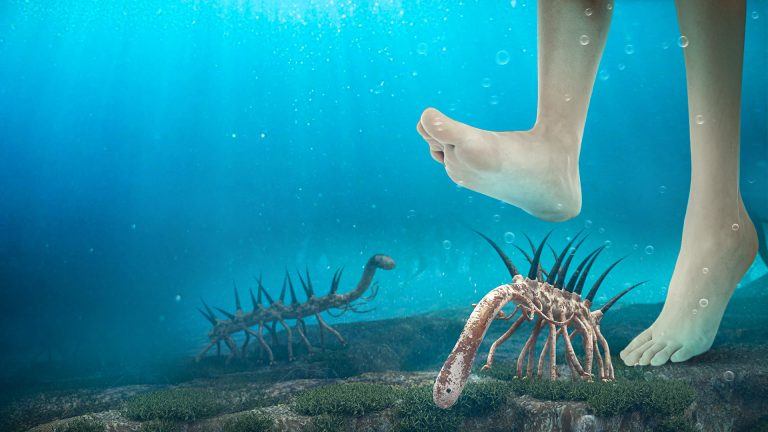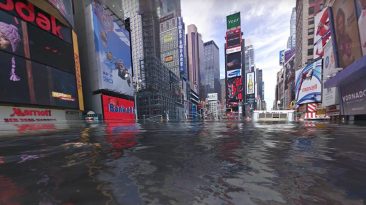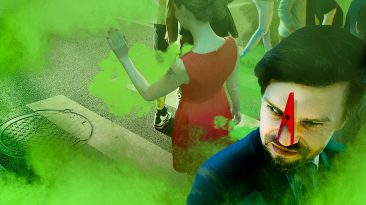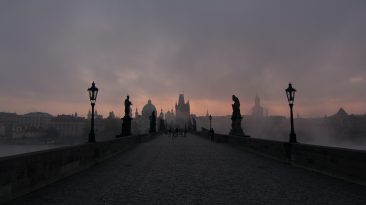The Paleozoic Era represents one of the most transformative periods in Earth’s history, spanning approximately 289 million years from 541 to 252 million years ago. During this time, the planet experienced dramatic shifts in climate, geography, and the emergence of complex life, laying the foundation for modern ecosystems.
The Cambrian Period
Life during the Cambrian Period, which began around 541 million years ago, was largely confined to the oceans. Microbial life dominated the seafloor, existing beneath layers of sediment. The Cambrian Explosion, occurring shortly thereafter, marked a critical evolutionary event in which a diverse array of shelled animals and other marine species rapidly appeared. Cyanobacteria played a key role in this period by increasing oxygen levels in the atmosphere, setting the stage for more complex organisms.
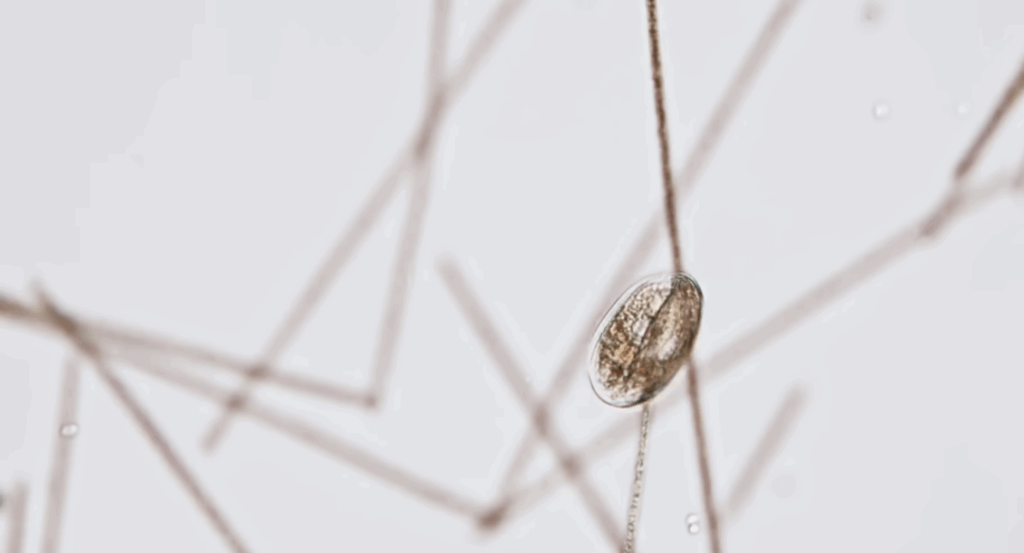
The Ordovician Period
By the Ordovician Period, approximately 485 million years ago, continents such as North America and Europe were converging to form parts of the supercontinent Gondwana. This period was characterized by extensive glaciation as parts of the landmass moved over the South Pole, triggering a significant ice age. Marine ecosystems saw the proliferation of jawless fish, algae, sponges, and coral reefs, while terrestrial environments began hosting the first plants. Mass extinctions affected roughly 80% of shallow sea species as sea levels dropped during the glaciation.
The Silurian Period
The Silurian Period, beginning around 444 million years ago, experienced the melting of glaciers and the establishment of a relatively stable climate. Marine life expanded with the emergence of large sea scorpions, among other predatory species.
The Devonian Period
During the Devonian Period, approximately 419 million years ago, three continents dominated the planet, though much of the land remained submerged. Coastal regions offered the most habitable areas, providing access to marine resources. This period saw the rise of the first extensive forests, which contributed to soil development and the potential for early plant cultivation. Marine ecosystems were dominated by early sharks, while terrestrial ecosystems were increasingly populated by emerging land animals.
The Carboniferous Period
The Carboniferous Period, beginning around 358 million years ago, was marked by equatorial swamps and extensive forests. Reptiles first appeared, while insects such as dragonflies reached unprecedented sizes, with wingspans of up to 75 centimeters. The combination of high oxygen levels and warm, humid climates supported diverse and complex terrestrial life.
The Permian Period
The final period of the Paleozoic Era, the Permian, began around 299 million years ago. Most landmasses merged to form the supercontinent Pangea, with vast deserts at its center. Temperature extremes and arid conditions posed significant challenges to many species. Large amphibians and reptilian predators, such as the 2-meter-tall Eryops, thrived in these environments. The Permian Period concluded with the most severe extinction event in Earth’s history, eliminating approximately 96% of marine and terrestrial species due to a combination of volcanic activity, climate change, and other environmental catastrophes.
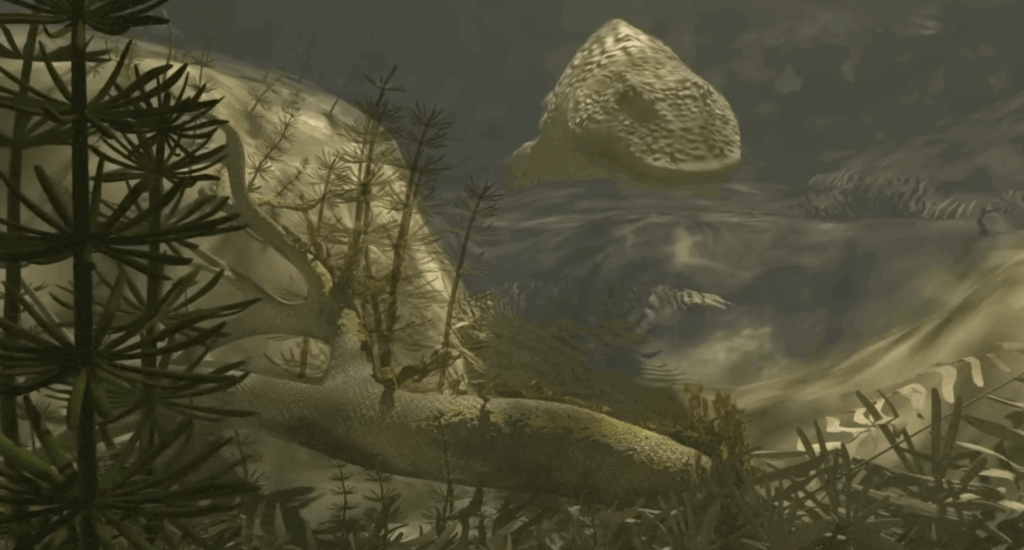
The Paleozoic Era fundamentally shaped the trajectory of life on Earth. Its periods reflect the evolutionary, climatic, and geological forces that have influenced the development of ecosystems, setting the stage for the Mesozoic Era and beyond.
Sources
- “Paleozoic Era: Facts & Information”. Stephanie Pappas. 2013. livescience.com.
- “The Cambrian Explosion Was Far Shorter Than We Thought”. Josh Davis. 2019. nhm.ac.uk.
- “Cambrian Period: Facts & Information”. Mary Bagley. 2016. livescience.com.
- “Horseshoe Crabs Are One Of Nature’s Great Survivors”. 2022. phys.org.
- “‘Star Wars’ Sarlacc’s Mouth Found On Prehistoric Worm”. Jan Viegas 2016. seeker.com.


